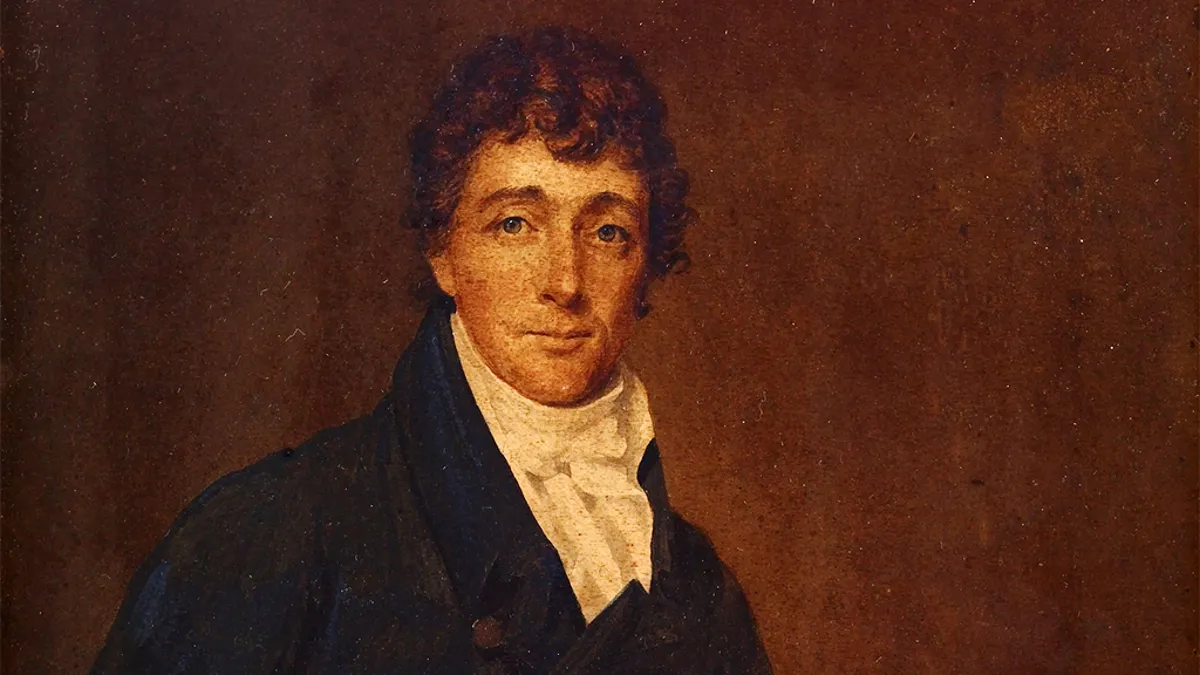Demi Lovato performs national anthem at Super Bowl LIV, receives praise online
Singer Demi Lovato receives huge praise online for her performance of the national anthem at Super Bowl LIV.
It’s rare that a song that is so ubiquitous and connected to American culture (and its corresponding patriotism) would be so steeped in both controversy and intrigue.
Most of us are aware of the basic history behind "The Star-Spangled Banner” – our national anthem, which was codified into law on March 3, 1931.
Trapped aboard the British ship HMS Tonnant during Great Britain’s attack on Baltimore’s Fort McHenry in September of 1814, Francis Scott Key witnessed the relentless overnight bombardment of the American garrison on Sept. 13-14, 1814.
PAUL BATURA: BARBERSHOPS ARE A TREASURE – HERE'S WHY THEY MAKE MY HEART HAPPY
He was so moved by the experience – and so relieved to see “through the night that our flag was still there,” that the struggling poet penned the song’s (originally titled, “Defense of Fort McHenry”) now immortal lyrics.

FILE - In this Aug. 16, 2019, file photo a citizen candidate holds an American flag and the words to The Star-Spangled Banner before the start of a naturalization ceremony at the U.S. Citizenship and Immigration Services Miami field office in Miami. (AP Photo/Wilfredo Lee)
But why did it take over a century to be canonized into law as our national anthem and how did it all happen?
I love our national anthem, and I proudly stand with my hand over my heart whenever I hear it played, whether at ballgames or other special events.
Like America’s history itself, the song’s triumphant rise was dependent on both providence and the persistence and talent of many people. Here are five things that might surprise you about the “Star-Spangled Banner.”
1. An elderly doctor’s arrest put Francis Scott Key in a position to write the famed poem
American colonist Dr. William Beans was detained and accused of misleading British troops in August of 1814. When it was learned he was likely to be hanged for the offense, Georgetown lawyer Francis Scott Key was dispatched to negotiate his release. Key was ultimately successful, but suspicious British troops, fearing he would tip off the American forces, detained the attorney until after the infamous battle.

Oil on Panel portrait Francis Scott Key (fragment). Attributed to Joseph Wood (1778-1830). Collection of the Walters Art Museum. (Public Domain)
2. We have two Maryland representatives to thank for the anthem – 117 years apart.
Following the battle, Key shared the poem with his brother-in-law, Judge Joseph Nicholson, who served in the House of Representatives between 1799 and 1807. Nicholson encouraged Keys, and so moved by the words, instructed it to be copied and distributed in handbill form.
CLICK HERE TO GET THE OPINION NEWSLETTER
In 1931, after three previous failed attempts, John Charles Linthicum, another congressman from Maryland, spearheaded a petition of five million signatures that was said to be laid out on five miles of paper, which led to Congress officially adopting the song as our national anthem.
Rep. Linthicum died a year later but is also credited with helping to inspire and launch the repeal of Prohibition – fitting given that "The Star-Spangled Banner” is sung to the tune of “Anacreon in Heaven” – an old drinking song composed by British composer and church organist John Stafford Smith in the 1770s.
3. An American actor is credited with being the first person to sing the “Star-Spangled Banner.”
After the handbills containing the poem’s lyrics were released, it’s said that actor Ferdinand Durang adapted the old drinking tune and burst into song outside Captain McCauley’s Tavern next to the Holiday Street Theater. Other soldiers soon joined in.
4. The song’s author, Francis Scott Key, was a devout Christian
A regular church attender who credited his Christian faith with sustaining him through every season of his life, Key once responded to those who mocked his beliefs by stating, “Men may argue ingeniously against our faith, as indeed they may against anything — but what can they say in defense of their own?”
Key’s signature work contains hints of his spiritual fervor – in the song’s rarely sung last verse we sing, “Then conquer we must, when our cause it is just, And this be our motto – ‘In God is our trust.’” But only a few years later, the lawyer-turned-poet also wrote a popular church hymn, “Lord, with glowing heart, I’d praise thee.” The second half of the first verse concludes, “Help, O God, my weak endeavor; this dull soul to rapture raise; thou must light the flame, or never can my love be warmed to praise.”
More from Opinion
Key’s prolific song writing is all the more intriguing given reports the famed writer was tone deaf.
5. Opposition to the official anthem declaration was fierce
Repeated attempts to codify "The Star-Spangled Banner” proved necessary, punctuated and amplified by critic’s claims that the song was unsingable due to the melody’s excessive range. Wrote one critic in The New York Times back in 1930, “The low notes are too low for beauty and grandeur to express properly the soul of a great people.”

iStock (iStock)
A year later, the composer John Phillip Sousa rose to defend the choice, noting, “Besides its soul-stirring words … it is the spirit of the music that inspires.” President Herbert Hoover eventually sided with Sousa and signed "The Star-Spangled Banner" into law as our national anthem.
CLICK HERE TO GET THE FOX NEWS APP
I love our national anthem, and I proudly stand with my hand over my heart whenever I hear it played, whether at ballgames or other special events.
Hard to sing or not, my heart still swells at its sound, because like so many before me and the many patriots of this great country, I’m grateful that we remain “the land of the free and the home of the brave.”



